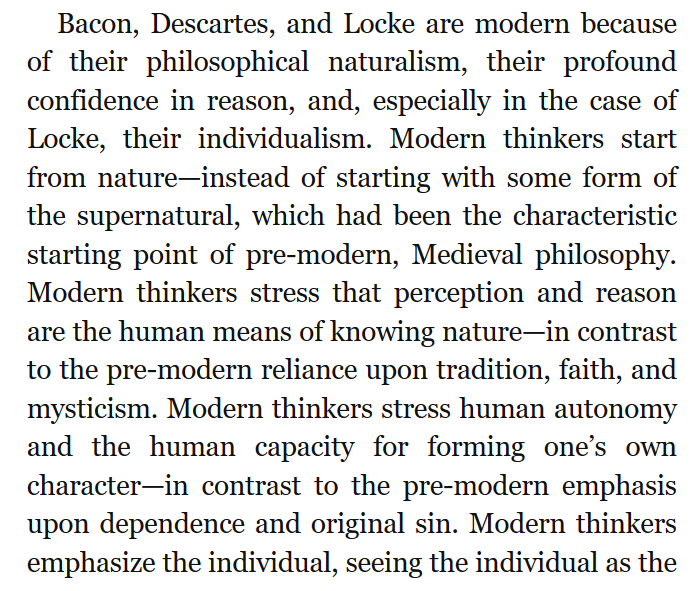I’m only looking at the pages that Amqazon revie allows me to do. But from the start I’m unclear about definitions Dave  It’s a long time since I’ve read this stuff but I still remember that there was/is a debate amongst feminist between those who embraced po-mo and those who were/are against it. Non po-mo feminists are adamant that experience isn’t infinitely mallable according to individual desires but, rather, is predicated upon objective facts. Dworkin was a deeply damaged person - but she was certainly in the anti po-mo camp as I remember. Here’s an extract from the writings of an anti po mo feminist that clarifies the differences (one does not have to agree with everything she writes to see that she is not a post modernist in the sense that it is normally used, and she cites Dworkin as a comrade):
It’s a long time since I’ve read this stuff but I still remember that there was/is a debate amongst feminist between those who embraced po-mo and those who were/are against it. Non po-mo feminists are adamant that experience isn’t infinitely mallable according to individual desires but, rather, is predicated upon objective facts. Dworkin was a deeply damaged person - but she was certainly in the anti po-mo camp as I remember. Here’s an extract from the writings of an anti po mo feminist that clarifies the differences (one does not have to agree with everything she writes to see that she is not a post modernist in the sense that it is normally used, and she cites Dworkin as a comrade):
Radical feminists engage in materialist critiques, denouncing existing oppressions –to be perceived and abolished. We are women who talk about real, material oppressions of women (e.g. Mary Daly, Gyn/Ecology , 1979). Postmodern ‘feminist’ authors ignore such concepts, stating that history is discourse, and interpersonal relations are ‘performance’ (as in Butler, 1990).
The postmodern project contributes to the erasure of the female biology (as written about by Charlene Spretnak, in States of Grace: The Recovery of Meaning in the Postmodern Age ; 1991). At least postmodern feminist Jane Flax (in a Signs article, ‘Postmodernism and Gender Relations in Feminist Theory;’ 1987) still admitted “…there are anatomical differences between men and women” (p. 636). However, Judith Butler (in Gender Trouble , 1990) denied that there was such a thing as the female sex or biology, and claims that it is ‘essentialist’ to say so. Yet women’s bodies are a central target for patriarchal oppression (Rowland and Klein, 1996, in Radically Speaking ). The atrocities done to women in the real world damage their bodily integrity.
In her book Of Woman Born (1977), Adrienne Rich had warned that female biology tends to be denigrated and ignored by patriarchal thinking, as this is not something that can be experienced by men. Rich argued that female biology had to be reclaimed, outside of the realm of gender roles, and had to become viewed in a more positive light. Janice Raymond (in A Passion for Friends ; 1986) had repeatedly denied that radical feminists are ‘biological determinists.’ Women are not ‘naturally’ nurturing, etc but there are certain reproductive capacities in the majority of female bodies (Daly, 1979), hence women are defined and oppressed as a sex class by our ability to bear children. Menstruation, pregnancies and lactations are a core reality to many women’s embodied experience (Spretnak, 1991). Yet within the realm of patriarchal postmodernist scholarship– these bodily phenomena –because they exist outside the male embodied experience, just disappear into ‘texts’. Women’s experience no longer matters.
The fact that women’s bodies are being dehumanised through their interpretation as ‘texts’ (i.e. the pomo ‘body-as-text’ ideology) in postmodern feminist thinking shows that this theory is so far removed from the reality of women’s lives. According to Renate Klein (1996), postmodern feminism invisiblises and symbolically ‘dismembers’ women through theories of disconnection and dissociation.
This is particularly visible in the work of the pro-prostitution postmodern writer. Shannon Bell (in Reading, Writing, and Rewriting the Prostitute Body ; 1994) conceptualises the flesh-and-blood human female body as an object –‘referent’. The rewriting of the ‘prostitute body’ entails a positive framing of prostitution through discussing how prostituted women “inscribe their own bodies in diverse and contradictory ways…” (p. 4). The ‘prostitute body’ no longer has any inherent meaning. Prostitution is not seen as exploitation or sexual violence against women by johns and pimps here. Those forms of abuse do not inscribe themselves onto her body or experience. Instead, the prostituted woman is portrayed as ‘choosing’ to feel empowered by her role. Once again here, the subordination and abuse of women in prostitution becomes invisible.
This is reminiscent of the fragmentation of prostituted women’s minds that Melissa Farley described ( Prostitution, Trafficking and Traumatic Stress ; 2003), after doing a large-scale and cross-country research on prostituted women. Farley explained that the abuse the majority of women experience in prostitution and pornography is so unbearable that prostituted women have to compartmentalise mentally, fragment their minds from their bodies to be able to survive the brutal commodification and violation of their flesh by the sex industry. Postmodernism, as a form of academic dissociation from reality with a ‘body as text’ analysis, feeds into similar mental fragmentation.
In the name of postmodern writing, women’s bodies are reduced to ‘texts’, body parts and denied real humanity. This shows a split between academic feminism and political feminism. Even Marysia Zalewski (2000) could not come up with a concrete explanation of the postmodernist approach to reproductive technologies. By denying the reproductive capacity of women as a sex class, by denying that women’s bodies are real –physical flesh and blood (not ‘texts’) that can be harmed– postmodern feminists are unlikely to recognise reproductive technologies as invasive procedures and escalation of violence against women (as documented by Gena Corea, in 1988). Nor are they likely to recognise pornography as male hatred of women (as documented by Dines’ Pornland , 2010; Dworkin’s Pornography: Men Possessing Women , 1979; and Jeffreys’ Industrial Vagina , 2009) or feminine beauty practices as harmful, patriarchally institutionalised practices (Jeffreys, 2006). I seriously wonder how postmodern ‘feminists’ would conceptualise women’s experiences of female genital mutilation in the so-called ‘third world’?
The constant postmodern prioritising of style over substance is another attempt to ‘feminise’ feminism, i.e. tame it with vague and obscure texts wrapped up in a seductive style, creating a diversion from the lack of concrete substance. When feminism becomes too femininely ‘polite’ to address real issues, and too ‘stylish’ to reach women who are outside of complex academic readership, it is unlikely that it will stir up women to passionate political anger and rebellion. Instead, what remains is a form of academic dissociation that attempts to irrationalise feminism. Let me examine central tenets of postmodern ‘feminism’. As Kristin Waters pointed out:
“ In a post-modern world, theories become discourses, words become signifiers; both books and bodies become texts to be read, studied, and dissected, criticisms become deconstructions; and people and groups become fragmented selves, reason becomes desire, and substance becomes style.” (Waters, in Radically Speaking , 1996, p. 285; italics in original)
There is a rational goal in identifying common interests and shared experiences between women, but since postmodern ‘feminism’ favours desire over reason and denies there is such a thing as truth, its analyses stick to the sphere of the theoretical and never moves beyond this.
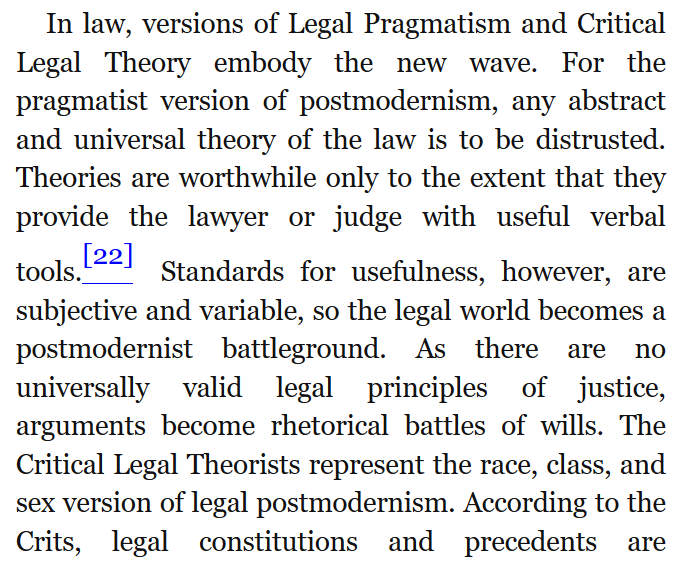
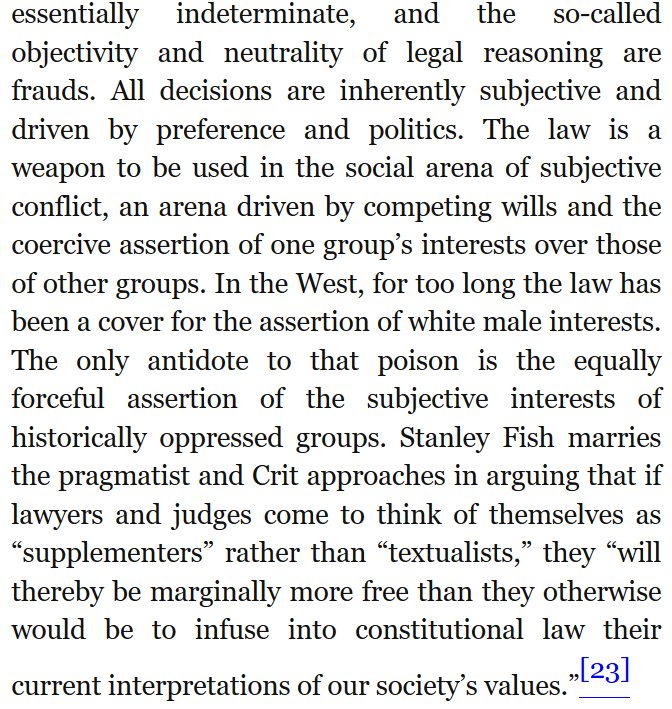


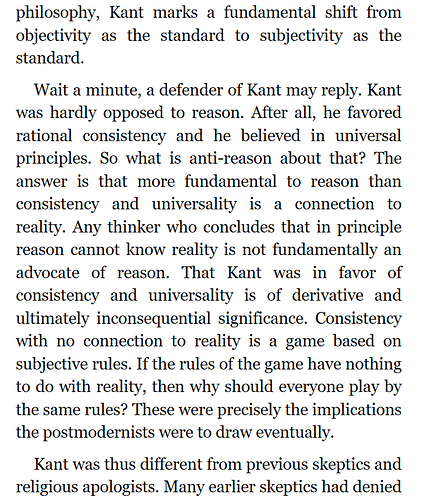
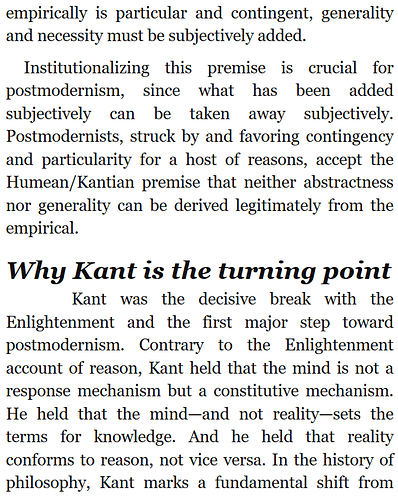

 and I appreciate your critical reading.
and I appreciate your critical reading.